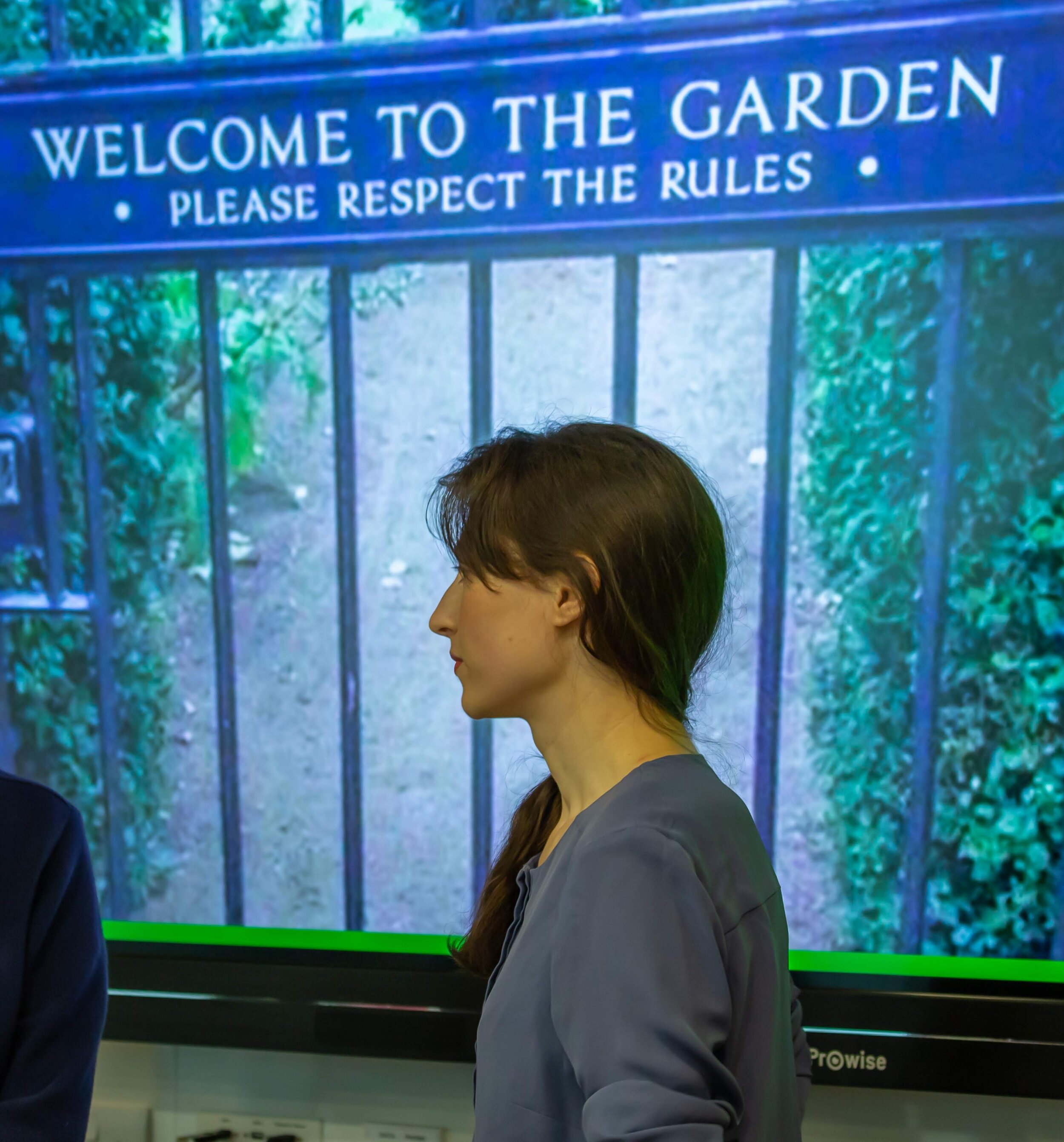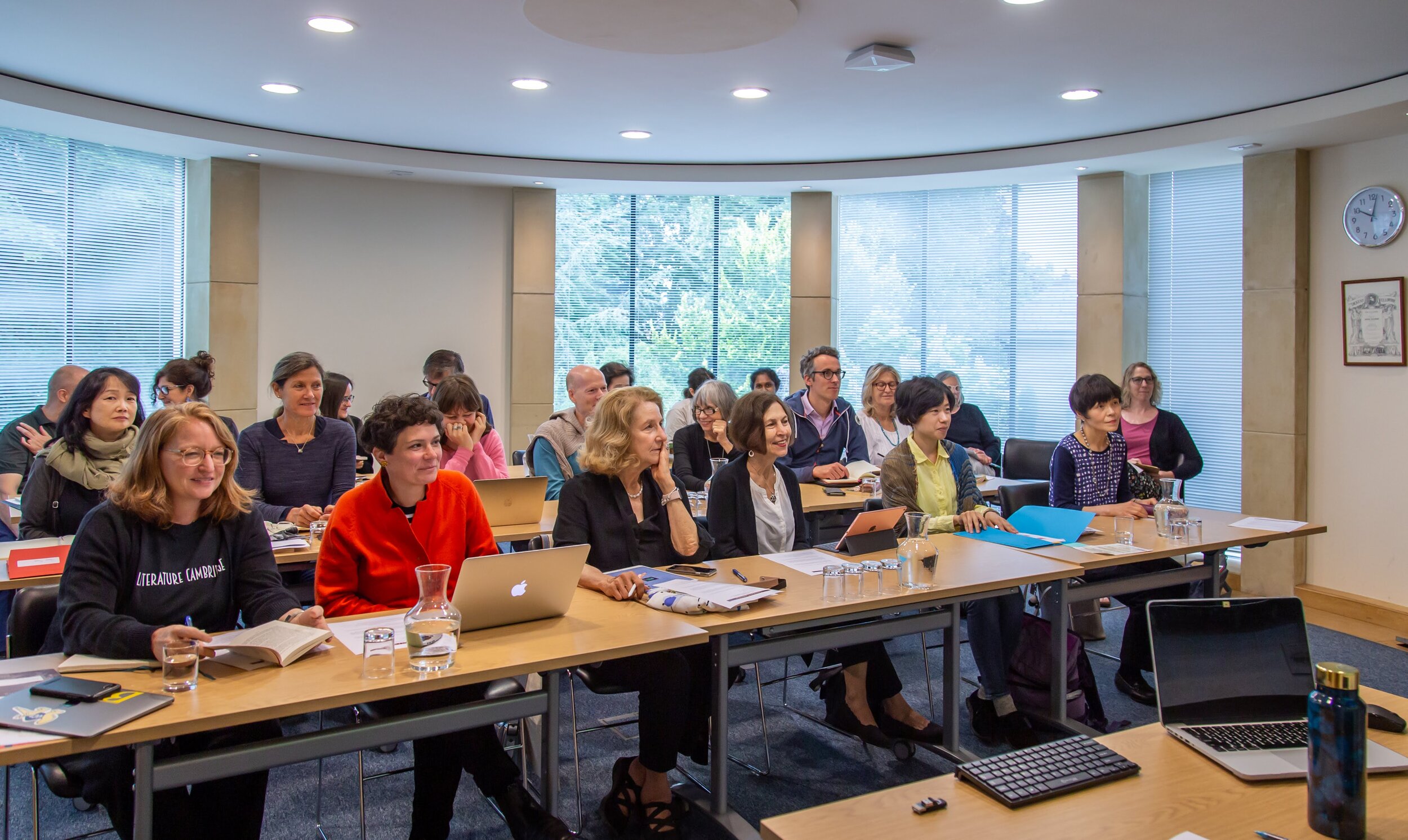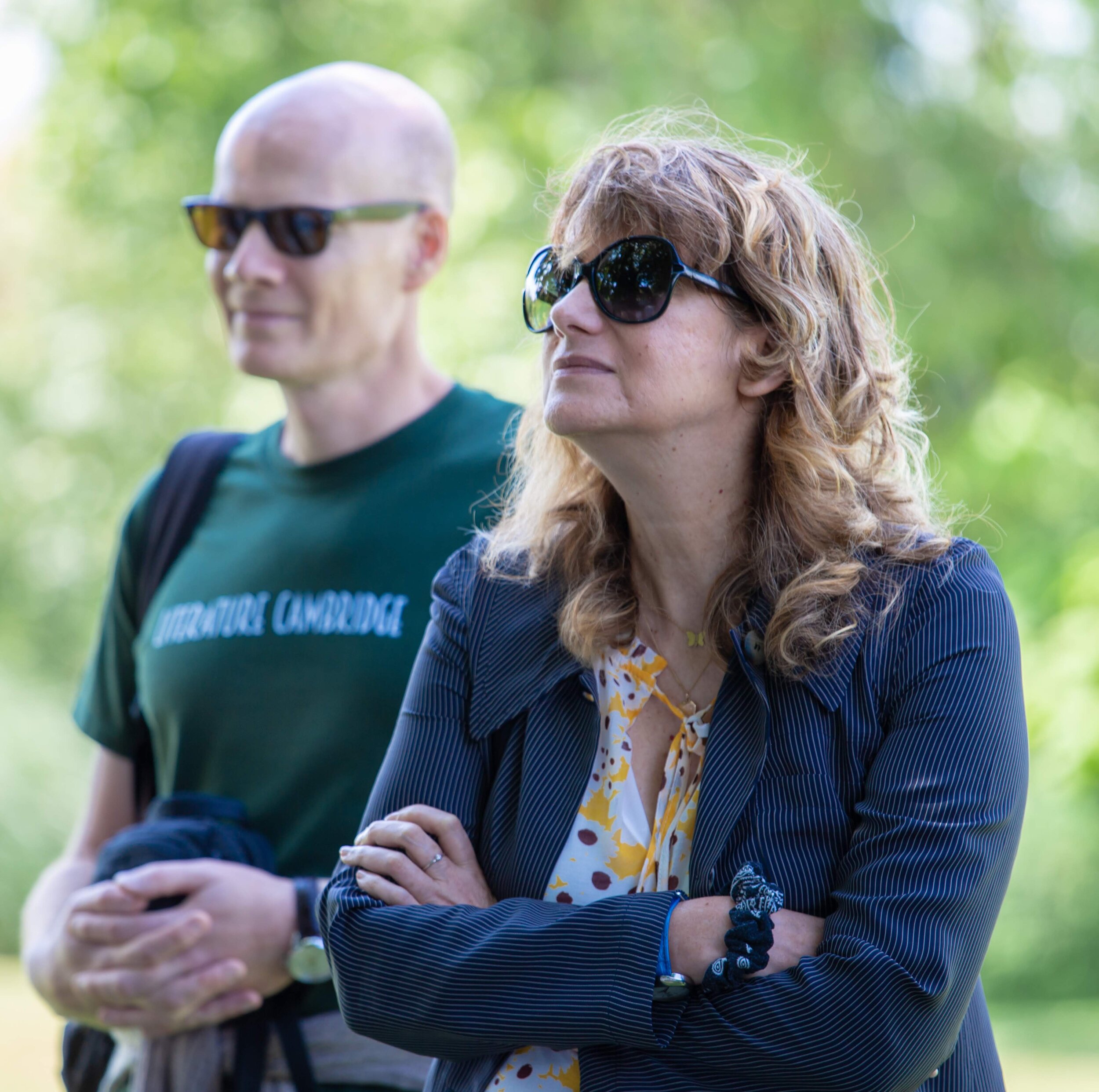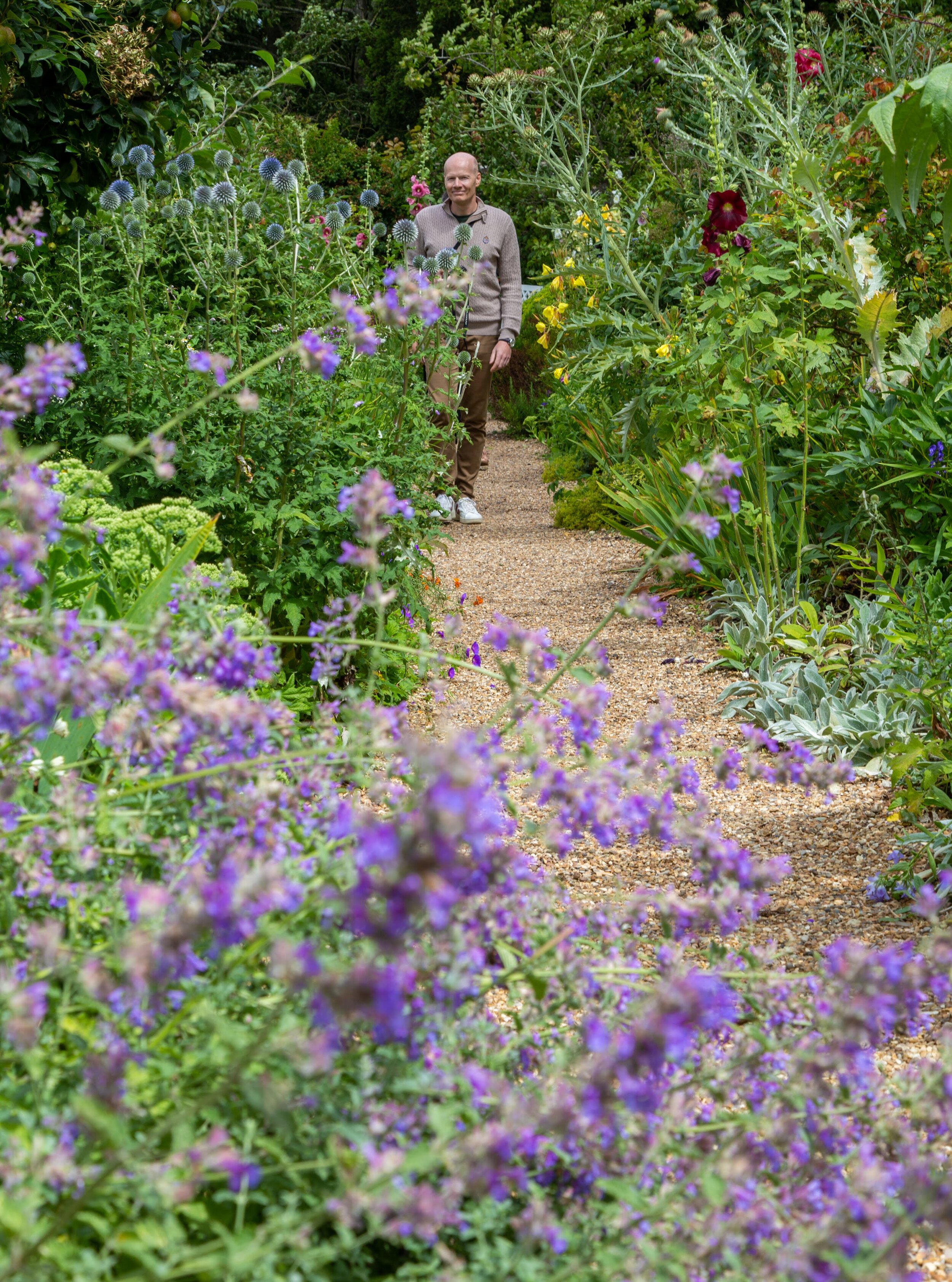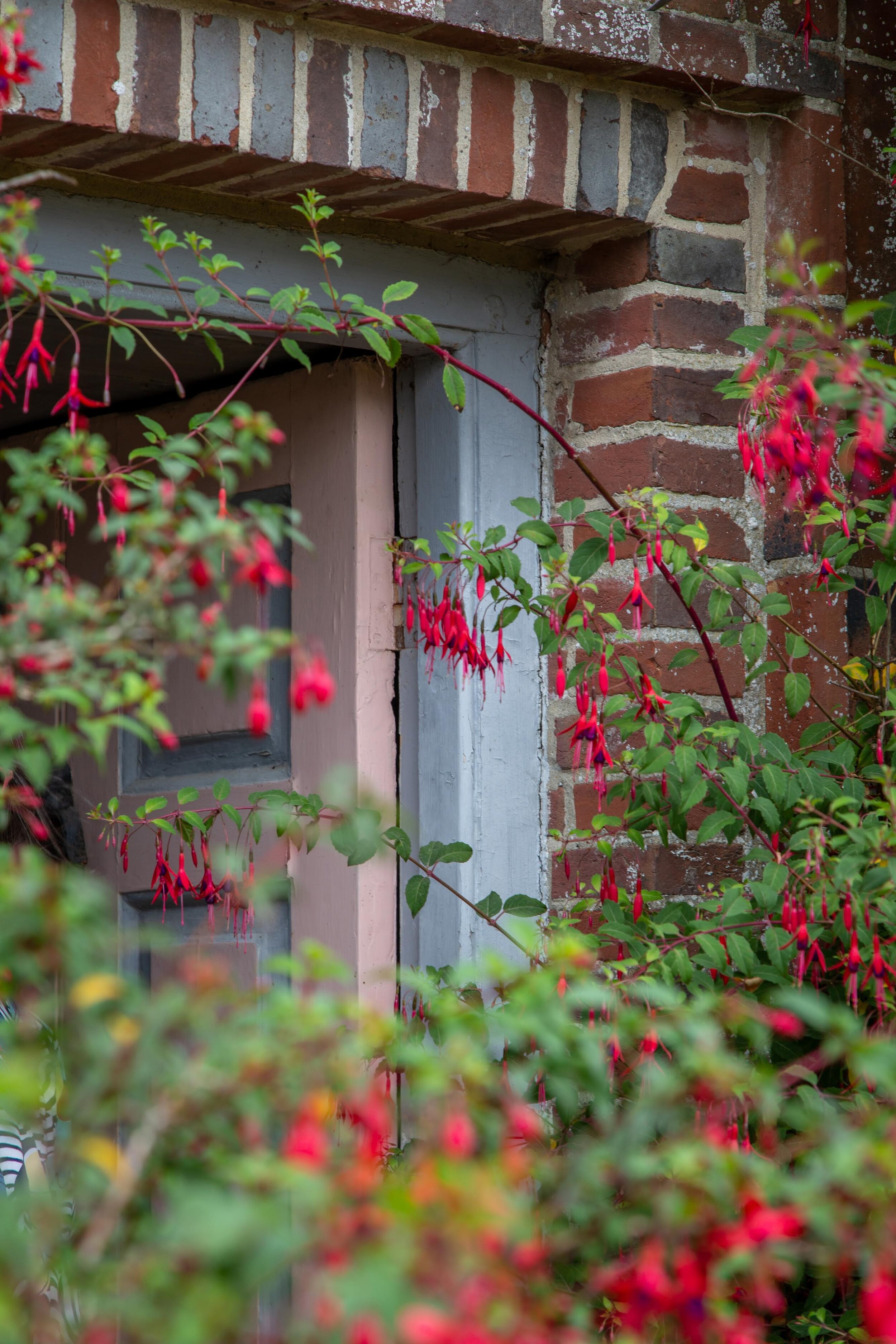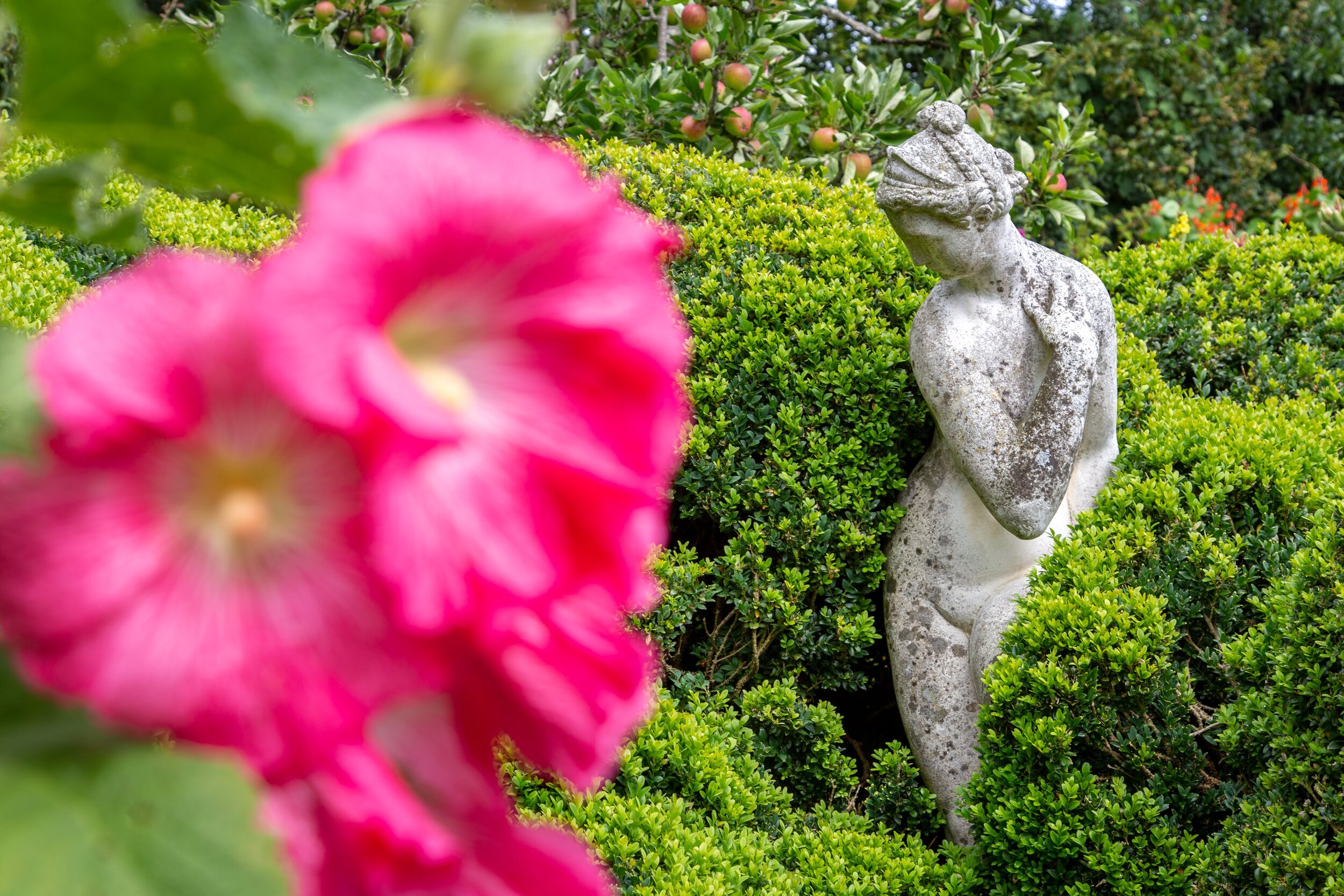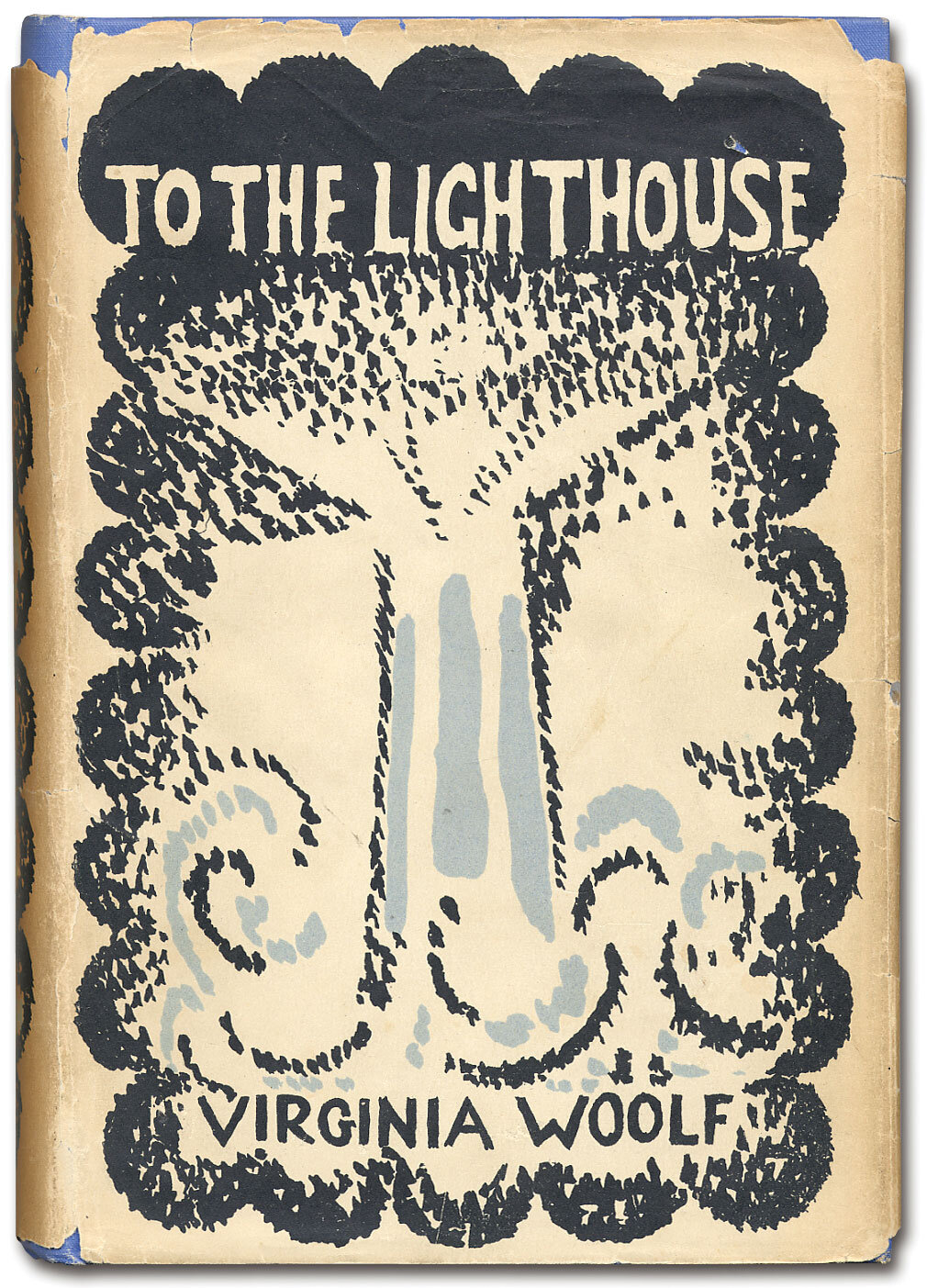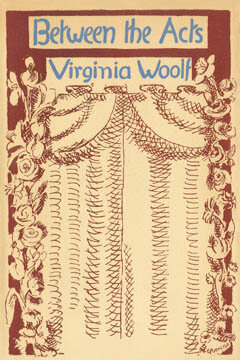Steven Van Der Heyden on Woolf's Gardens
Virginia Woolf’s Gardens summer course, 14-19 July 2019
After months of anticipation and preparation – especially the latter, by reading and re-reading the mandatory literature, some of which had niched itself in the far corners of my memory throughout the years; it's not easy to keep one's memory in check – the day I had been waiting for finally came: 14 July.
I left home that morning feeling hungry and eager, with a tingling feeling in my fingers as they tightly clenched the handle of my suitcase. I took the Eurostar train from Brussels to London St. Pancras. A smooth connection to Cambridge and a walk through the picturesque town centre got me into Wolfson College in time for the welcome dinner.
The gathering started with a round of introductions: everyone told a little bit about themselves and their interest in the topic of this week. The group was quite diverse and international. Not surprisingly, many participants were active in academia, but there were also literature teachers, a photographer, a garden architect and various other enthusiasts, and even an Anglophile male head nurse from Belgium with a love for Woolf’s works who himself writes and publishes poetry in Dutch (me!).
After a delicious evening meal, we were treated to a reading of Woolf’s 1919 story Kew Gardens by Karina Jakubowicz. Whether it was intended as a sweet dessert after our dinner, or as an appetizer to the days to come: the tone was set!
The days followed a set pattern. First, a lecture about the role of gardens in the various works by Woolf, followed by a short repose in the form of a sophisticated morning tea. After that came one of my favourite parts of the day: the supervision sessions, during which we split off in groups of 4 (led by a tutor) to examine and discuss the topic of the lecture in greater depth. My group was supervised by the charming, inspiring and erudite Alison Hennegan, who showed us the way to unexpected insights by following the steppingstones of our – and each other's – thoughts. When we discussed the topic of ‘memory’ after the lecture on Between the Acts, for example, we ended up talking about the role of poetry and more specifically the role of war poetry in the collective memory. The poet kicking society into having a conscience: this is still very relevant today. I am eternally grateful for the general anthologies that I was given, especially the women's poetry collections.
Lunch was usually followed by a visit to a garden or museum, and there were two nights with an evening activity.
I vividly remember the visit to Newnham College, not just because of the beauty of its gardens and the feisty female head gardener, but also because of the deep sense of history I experienced when I stood in the dining hall where Virginia Woolf gave a talk about women and fiction in 1928, which would later result in A Room of One's Own (1929).
The visit to the gardens of King's College, where the good-natured head gardener treated us to many amusing anecdotes sprinkled with genuine British humour, also made an impression on me. The contrasting visions presented to us in the two lectures on garden management/conservation were quite fascinating.
Jeremy Thurlow, lecture and recital on Woolf and Music
Last but not least, there was a lecture and concert by Jeremy Thurlow who aptly explained and gave practical examples of the role of music in Woolf's life and work. After all, music is a language that can disarm words. Every sound has a colour, just like the flowers, leaves and borders in Woolf’s gardens where the gentlest note can make the most delicate flower bud flourish. For me, music is a movement that is hardly voluntary – just like Virginia Woolf's novels were for her. The novels are a kind of map that takes you on a journey through her inner landscapes. Music evokes images, as does Virginia Woolf's use of language. It is a treat to our senses, as every note, every image, every word expands and transforms into something else.
The most important thing I learned from the lectures is that gardens meant different things to Woolf at different stages of her life. One might argue that she used wild gardens to symbolise male culture and cultivated gardens to represent female culture. Gardens were a necessary presence in order to blossom intellectually.
Some thoughts on Woolf’s gardens:
• Kew Gardens is post-impressionist in the way the story moves, shifts and spreads, while at the same time presenting a very much contained space (to contain the narrative?).
• In Mrs Dalloway the garden is a space where every character sets his or her fate in motion.
• In To the Lighthouse the garden forms a backdrop and structure for childhood memories, while the sea functions as a mark of time and a symbol for the fluidity of boundaries.
• In Between the Acts gardens come with rules. They are a display of wealth and represent our notion of an ideal world.
In short, Virginia Woolf's gardens give depth to her characters and keep the spirit of her time alive.
In the novel Histories by oncologist Sam Guglani I read that ‘Life’s breakable, but tended well, tended properly, it will flourish.’ That's certainly a metaphor worthy of Virginia Woolf.
Steven Van Der Heyden
Belgium


